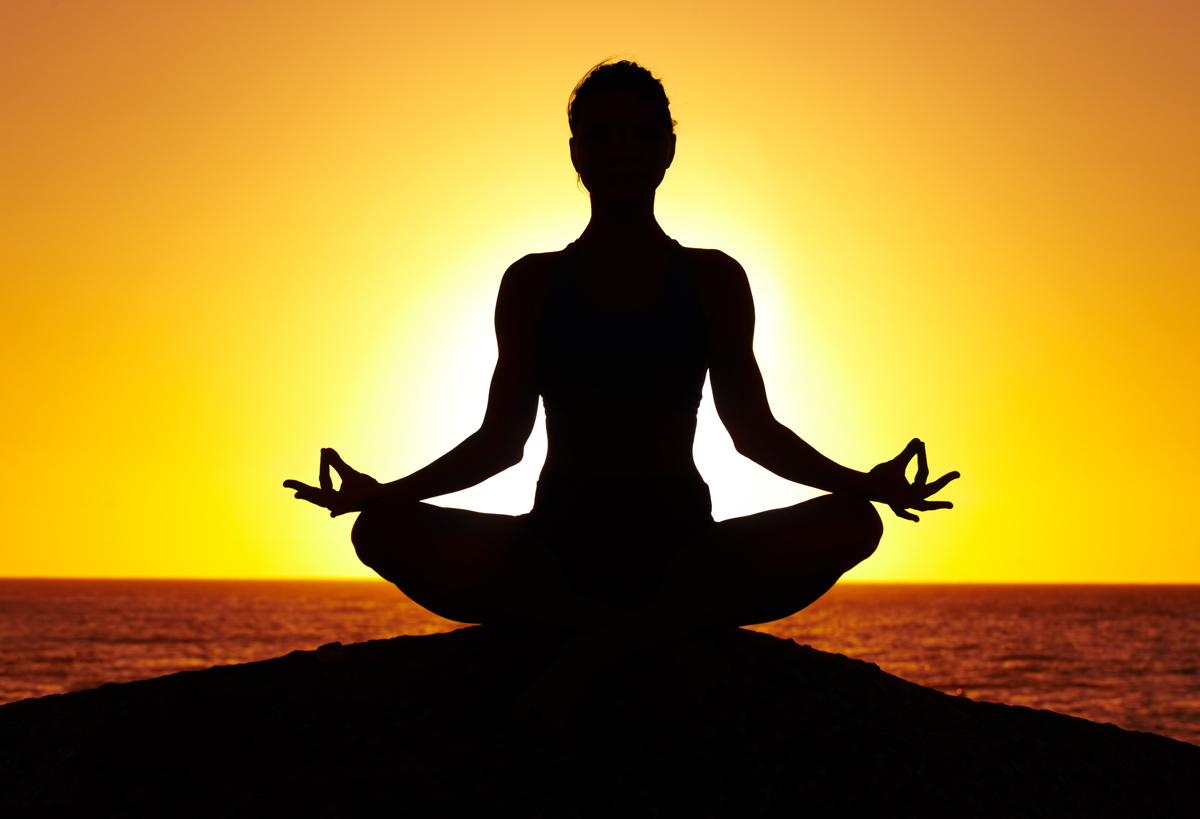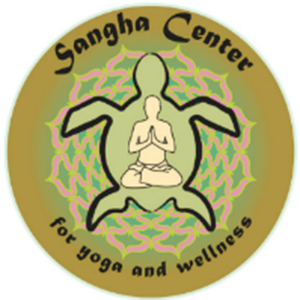
Yoga
- Details
- Hits: 60224

Yoga
The word yoga comes from Sanskrit, an ancient Indian language. It is a derivation of the word yuj, which means yoking, as in a team of oxen. In contemporary practice, this is often interpreted as meaning union. Yoga is said to be for uniting the mind, body, and spirit.
Meditation is one way that this can be achieved, but sometimes it is necessary to prepare the body for meditation by stretching and building strength. This is the physical practice of yoga, also known as asana.
Most modern yoga practices rely heavily on the Yoga Sutras of Patajali, a series of aphorisms written c. 250 CE, as the basis for their philosophies. Patanjali classifies asana as one of the eight "limbs" of yoga, the majority of which are more concerned with mental and spiritual well-being than physical activity.
Many people think that yoga is just stretching. Nevertheless, while stretching is certainly involved, yoga is really about creating balance in the body through developing both strength and flexibility. This is done through the performance of poses or postures, each of which has specific physical benefits. The poses can be done quickly in succession, creating heat in the body through movement (vinyasa-style yoga) or more slowly to increase stamina and perfect the alignment of the pose. The poses are a constant, but the approach to them varies depending on the yoga tradition in which the teacher has trained.
Yoga teachers will often refer to "your practice," which means your individual experience with yoga as it develops over time. The amazing thing about yoga is that your practice is always evolving and changing, so it never gets boring. Although the poses themselves do not change, your relationship to them will. Anyone can start a yoga practice, even if you do not feel like you are very flexible or very strong. These things will improve the longer you practice. Another great thing about thinking about "your practice" is that it encourages the noncompetitive spirit of yoga. One of the most difficult, but ultimately most liberating things about yoga is letting go of the ego and accepting that no one is better than anyone else is. Everyone is just doing his or her best on any given day.
In addition to practicing the poses, yoga classes may also include instruction on breathing, call and response chanting, meditation, or an inspirational reading by the teacher. The variety and amount of this will depend on the individual teacher and the yoga style in which he or she is trained. Typically, a yoga class at a gym will be more focused on the purely physical benefits of yoga, while one at a yoga center may delve more into the spiritual side. Some people find that the physical practice of yoga becomes a gateway into a spiritual exploration, while others just enjoy a wonderful low-impact workout that makes them feel great.
Festival Sponsor
Andrea D. Kirkham, E-RYT 500
Owner/Director
Sangha Center for Yoga and Wellness
455 Third Street 3rd Floor
Beaver, PA 15009
Phone - 412-901-6478
This email address is being protected from spambots. You need JavaScript enabled to view it.
